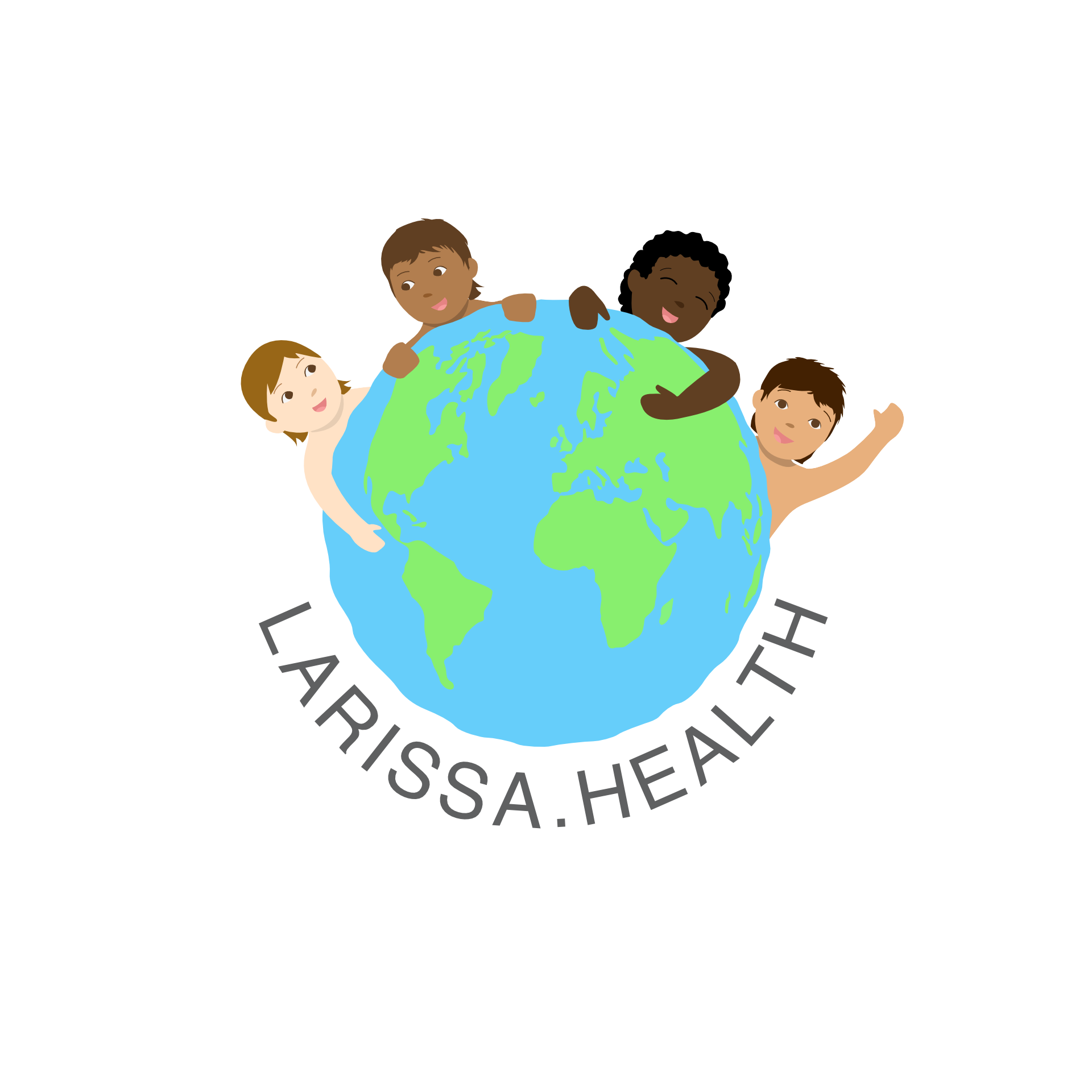Rachitis Returns: Scotland's Alarm
Rachitis, a disease once thought to belong to the past, is re-emerging in Scotland. Characterized by bone deformations in children due to Vitamin D deficiency, it's linked to malnutrition and poverty. What's behind this alarming comeback, and what can be done to prevent it?
Rachitis, a disease largely associated with the 19th century, is making an alarming comeback, particularly in Scotland. With increased cases reported, especially among babies and young children, the condition has re-emerged as a significant concern for public health.
Rachitis, also known as rickets, is a condition characterized by the softening and deformation of bones in children. It leads to bone misalignment, often resulting in bowed legs, and can also delay growth. Once considered a disease of the past, it has been rekindled in contemporary times.
According to the latest reports from the German Medical Journal and other sources, 442 cases of rickets were registered in Scotland last year, a marked increase from 354 in 2018. Authorities in Scotland are attempting to understand the rise in numbers, with a noticeable correlation between the occurrence of rickets and prevalent poverty.
Rachitis is neither an infectious disease nor a hereditary condition but an extreme manifestation of Vitamin D deficiency. It can be exacerbated by insufficient sunlight exposure or malnutrition. General practitioner and medical journalist Dr. Christoph Specht, explains how the lack of the hormone leads to deformable, soft bones, making conditions like X- or O-shaped legs commonplace among the afflicted.
 Photo by Annie Spratt
Photo by Annie Spratt
Children suffering from rickets may also experience bone pain, slow growth, and development, and heightened susceptibility to infections. A significant deficiency in Vitamin D adversely affects the immune system, preventing the building of robust defenses.
Dr. Specht emphasizes the importance of monitoring children's susceptibility to infections and general deficiency symptoms, which can be identified through blood tests. Deformed bones signify advanced stages of the disease.
Unfortunately, once contracted, rickets can never be fully eradicated. While Vitamin D and calcium deficiencies can be compensated, permanent deformation remains. The damage to early development is irreversible, resulting in suboptimal life-start conditions.
To prevent rickets, parents are encouraged to observe Vitamin D prophylaxis during their children's first two years. Proper feeding with balanced baby food ensures the intake of essential minerals, mitigating the risk of rickets.
Although no significant rise in rickets cases has been observed in Germany, there has been an increase in deficiency diseases. Dr. Specht explains that Scotland's lack of sunlight and widespread malnutrition play a significant role in the disease's resurgence. Historically, rickets was prevalent in impoverished neighborhoods.
The current spread also seems influenced by this socio-economic aspect. More than three-quarters of the new rickets cases occurred around Glasgow, one of Scotland's poorest regions. Nearly a third of the children in the area live in poverty, suggesting that lack of income or awareness could also contribute to the disease's prevalence.
The re-emergence of rachitis in places like Scotland is a reminder of the complexities associated with public health. A blend of socio-economic factors, environmental conditions, and nutritional inadequacies brings a forgotten disease back to the forefront. Prevention, early detection, and proper management are crucial in addressing this medical challenge, which still lurks in the shadows of modern society, waiting to strike. It highlights the importance of comprehensive public health strategies that must adapt and respond to changing conditions and neglected diseases.
Source: Stern





